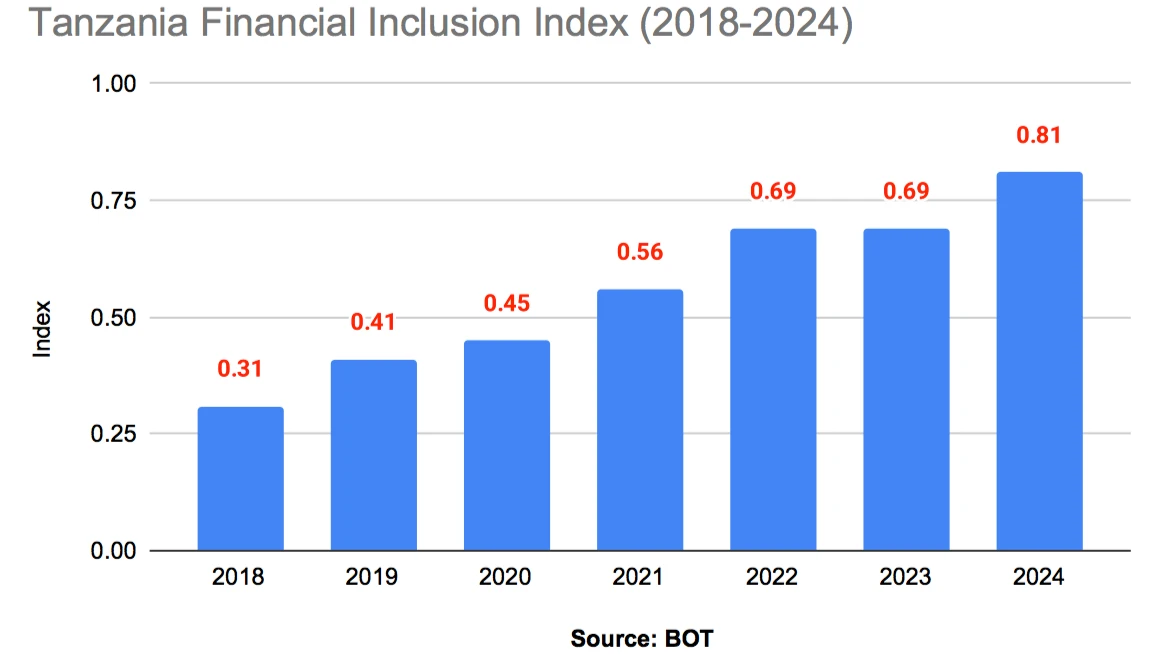WEF: Fastest growing, declining jobs looming large

THE World Economic Forum (WEF) Future of Jobs Report 2025 predicts between 2025 and 2030 the workplace will experience unprecedented fastest growing and declining jobs.
The WEF report is based on the perspective of over 1,000 leading global employers, who represent more than 14 million workers across 22 industry clusters and 55 economies from across the world. It examines how macrotrends impact jobs and skills, and workforce transformation strategies employers plan to embark on in response between 2025 and 2030.
According to the report, the following are top 15 fastest growing jobs worth investing in between now and 2030 include big data specialists, fintech engineers (data professionals, scientists), artificial intelligence (AI) and machine learning specialists, software and applications developers, and security management specialists.
Others are data warehousing specialists, autonomous and electric vehicle specialists, user interface (UI) and user experience (UX) designers, light truck or delivery services drivers, and the Internet of Things (IoT) specialists.
Data analysts and scientists, environmental engineers, information security analysts, devops [information technology (IT)] engineers, and renewable energy engineers will also be in high demand.
Conversely, the top fastest declining jobs include postal service clerks, bank tellers and related clerks, data entry clerks, cashiers and ticket clerks, administrative assistants and executive secretaries. Others are printing and related trades workers, accounting, bookkeeping and payroll clerks, material-recording and stock-keeping clerks.
Transportation attendants and conductors, door-to-door sales workers, news and street vendors, and related workers, graphic designers, claims adjusters, examiners, and investigators, legal officials, legal secretaries, and telemarketers will also experience job losses.
“Technology is predicted to be the most divergent driver of labour-market change, with broadening digital access expected to both create and displace more jobs than any other macrotrend (19 million and 9 million, respectively),” the report says.
At the same time, the report points out, trends in AI and information processing technology are expected to create 11 million jobs, while simultaneously displacing 9 million others, more than any other technology trend. “Robotics and autonomous systems are expected to be the largest net job displacer, with a net decline of 5 million jobs.”
Thus, broadening digital access, advancements in AI and information processing, and robotics and autonomous systems technologies are three trends that feature prominently as drivers of the fastest growing and declining jobs.
WEF Managing Director Saadia Zahidi says the disruptions of recent years have stressed the importance of foresight and collective action. “We hope this report will inspire an ambitious, multistakeholder agenda – one that equips workers, businesses, governments, educators and civil society to navigate the complex transitions ahead.”
The report cautions workers that two-fifths (39 per cent) of their existing skill sets could be transformed or become outdated between 2025 and 2030. In this regard, it is worth keeping abreast of the rapidly evolving world. As regards skill instability, the report says it has slowed compared to previous editions, from 44 per cent in 2023 and a high point of 57 per cent in 2020 in the wake of the pandemic.
“This finding could potentially be due to an increasing share of workers (50 per cent) having completed training, reskilling or upskilling measures, compared to 41 per cent in the report’s 2023 edition.”
The report shows that by 2030, just over half of employers (52 per cent) anticipate allocating a greater share of their revenue to wages, with only 8 per cent expecting this share to decline. It states that wage strategies are driven primarily by goals of aligning wages with workers’ productivity and performance and competing for retaining talent and skills.
“Finally, half of employers plan to reorient their business in response to AI, two-thirds plan to hire talent with specific AI skills, while 40 per cent anticipate reducing their workforce where AI can automate tasks.”
At least 60 per cent of employers expect broadening digital access to transform their business than any other trend, with similar proportions of employers across all regions selecting this trend. This growing digital access is a critical enabler for new technologies to transform labour markets.
“As of early 2025, the global economic outlook appears to be shaped by a combination of cautious optimism and persistent uncertainties. According to the World Economic Forum’s September 2024 Chief Economists Outlook, while there are signs of improving global conditions, vulnerabilities persist. Most surveyed chief economists (54 per cent) expect economic conditions to hold steady in the short term. However, among those anticipating change, more expect conditions to worsen rather than strengthen.”
Therefore, job uncertainty is real as the leading employers predict, what is needed is to explore investment opportunities that are likely to survive the brunt of automation through skilling, upskilling and reskilling. The report highlights the human-machine collaboration – suggesting designing and developing technology in a way that complements and enhances, rather than displaces, human work, and that talent development, reskilling and upskilling strategies could be designed and delivered in a way to enable and optimise human-machine collaboration. It says it is investment decisions and policy choices made today that will shape job outcomes in the future.
Top Headlines
© 2025 IPPMEDIA.COM. ALL RIGHTS RESERVED

























